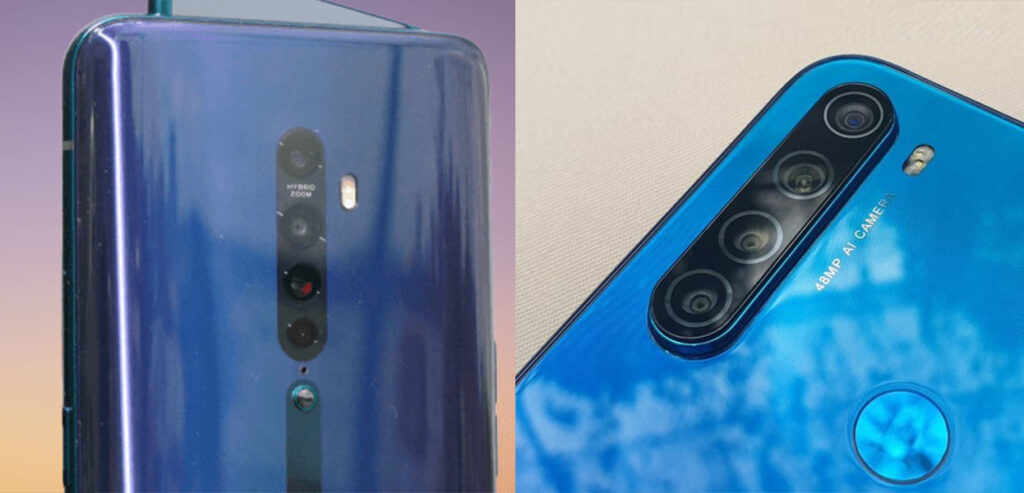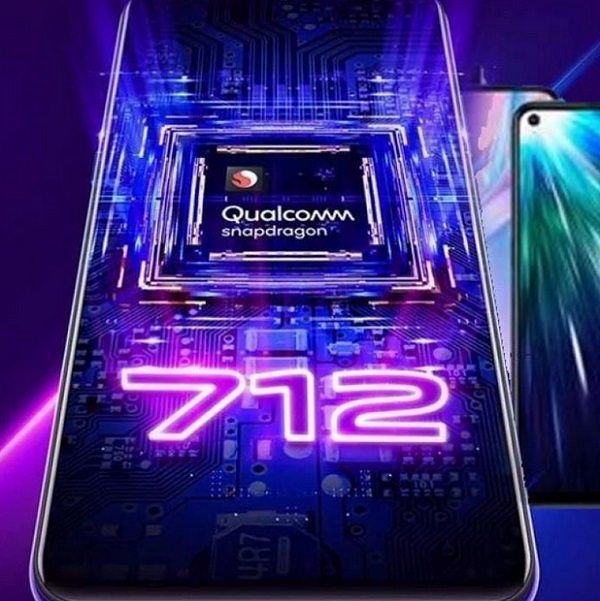The presence of the Xiaomi Redmi Note 8 and Redmi Note 8 Pro, Realme XT and Oppo Reno2 which offer a main camera with a resolution of 48MP-64MP, again raises the question: does a large camera resolution necessarily produce better photos?’

Are Large Megapixels Sure to Produce Better Photos?
In theory, high resolution should make the image more detailed. By using a high-resolution camera, the information of every pixel in the image is displayed clearly.
In addition, the high resolution also allows the camera to work faster and smoother without the interference of block noise, which often reduces detail in photos.
However sadly, the dimension of the smartphone camera settlement doesn’t constantly identify the general high top premium of the picture. Great or poor a picture is identified through three elements, specifically: the high top premium of the picture sensing unit, processor, and lense. For that reason, smartphone portraits are certainly not always much a lot better, although the settlement is more than DSLR or mirrorless cameras.
The dimension of the picture sensing unit on a mobile phone camera is one of the identifying elements for picture high top premium. The bigger the sensing unit dimension, the much a lot better the photos will certainly be actually. Inning accordance with the authorities web webpage of Expert Photography, the picture sensing unit is the component of the camera that features as a light catcher.
The camera sensing unit jobs such as movie on an analog camera. The dimension of the sensing unit on the camera phone is various. For instance, the main camera of the Redmi Note 8 Pro which has a settlement of 64 MP is geared up along with a sensing unit dimension of 1/1.7 ins, while the main camera of the Redmi Note 8 along with a settlement of 48 MP is geared up along with a sensing unit dimension of 1/2 in.
The sensing unit of the Redmi Note 8 Pro is somewhat bigger compared to the routine Redmi Note 8. Nevertheless, thinking about that the Redmi Note 8 Pro brings a greater settlement, the pixel dimension of each sensing unit of the two phones is the exact very same, which is 0.8 micrometers. For that reason, the light that could be caught apiece pixel for the two phones is the exact very same.
One of the flagship phones with high resolution is the Huawei Mate 30 Pro, which is 40 MP. The camera sensor is also large for a cell phone class, which is 1/1.7 inches.
Pixel Binning Method
![]()
Light is important in photography. Some manufacturers that provide high-resolution smartphone cameras use the pixel binning method so that each pixel on the sensor ‘gets bigger’ to capture more light. Ubergizmo explained, pixel binning is the process of combining several pixels into one.
Thus, the pixel size becomes larger in order to reduce noise interference. But as a consequence, the resolution of sensors that apply pixel binning technology decreases. For example, on the Redmi Note 8 Pro camera, pixel binning is applied, so shooting by default can be done with a resolution of 16 MP.
This means that you have to ‘activate’ the 64 MP mode if you want to take pictures with high resolution. This also happens in 48MP resolution smartphone cameras, such as the Oppo F11 Pro series.
Consequently, when activating the 64MP or 48MP camera mode on these smartphones, there are features that cannot be activated. For example, the HDR and AI features don’t work because the processor performs the pixel manipulation process.
Typically, binning occurs when four pixels are combined into one large pixel. By doing this, the sensor can increase the sensitivity to capture light. This also makes the quality of shooting in low light conditions better.
The quality of the camera phone also depends on the processor used. Realme XT, for example, uses the Qualcomm Snapdragon 712 System-on-Chip (SoC). Snapdragon 712 is equipped with two Image Signal Processor (ISP) made by Qualcomm, Spectra 250.

In addition to the ISP, which also affects the quality of the photo is artificial intelligence (AI). Qualcomm has equipped Snapdragon 712 with AI Engine. AI plays a role in recognizing objects, optimizing portrait mode and also improving the quality of low light night mode. In addition, AI can help recognize the scene, or bring up smart cropping options.
Another determinant of photo quality on a smartphone is the lens. On the Mate 30 Pro, Huawei teamed up with Leica to deliver sharp results. Since 2014, Huawei has been working with Leica on the creation of this smartphone lens.
The first Huwei product to use this lens was the P9 in 2016. Citing information from ZDnet, Leica is known for its superior glass lenses. However, the lenses on Huawei phones are still plastic. They claim, the plastic lens is designed in such a way that the results are similar to glass material.
Neither Huawei nor Leica manufacture lenses for Huawei phones. They use third-party manufacturers with Leica and Huawei-approved specifications.
